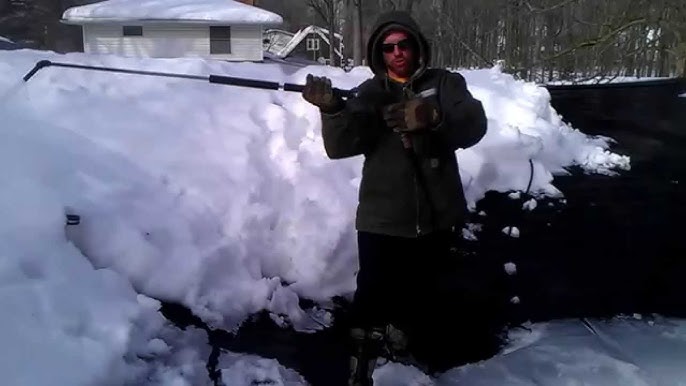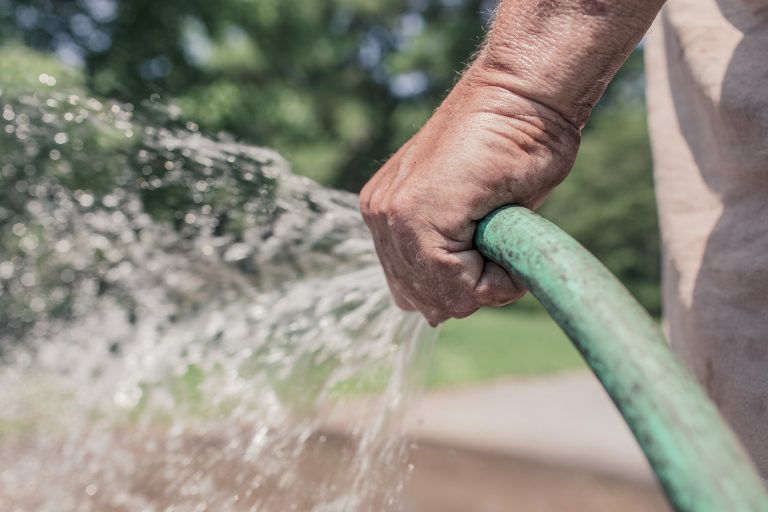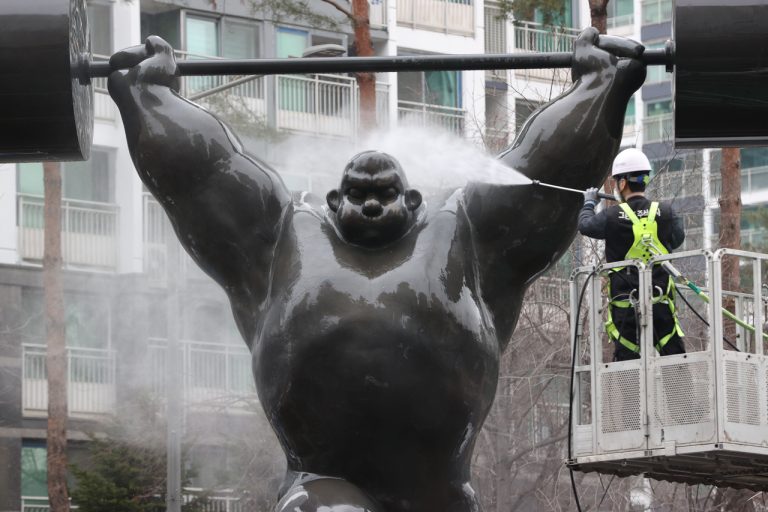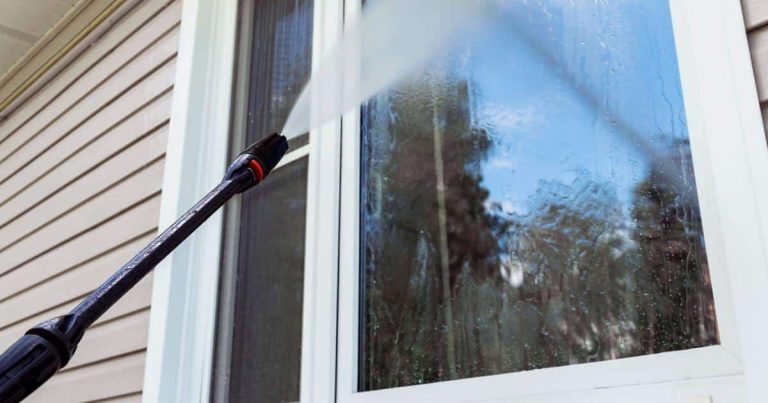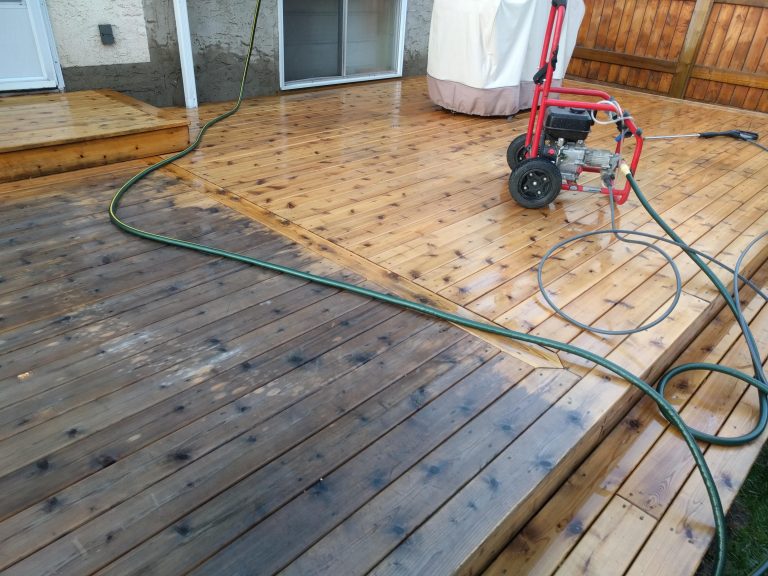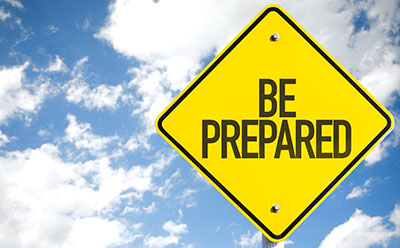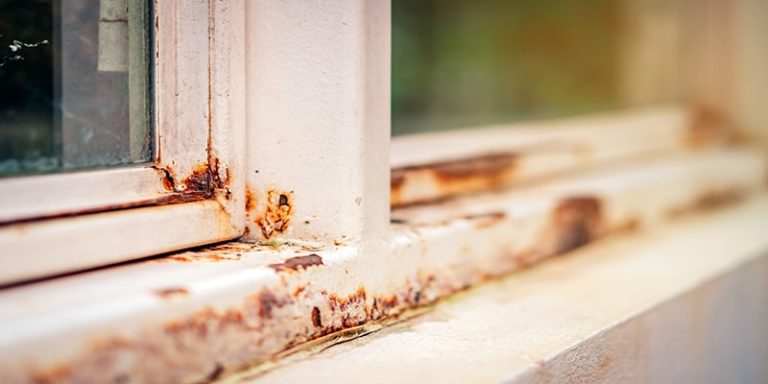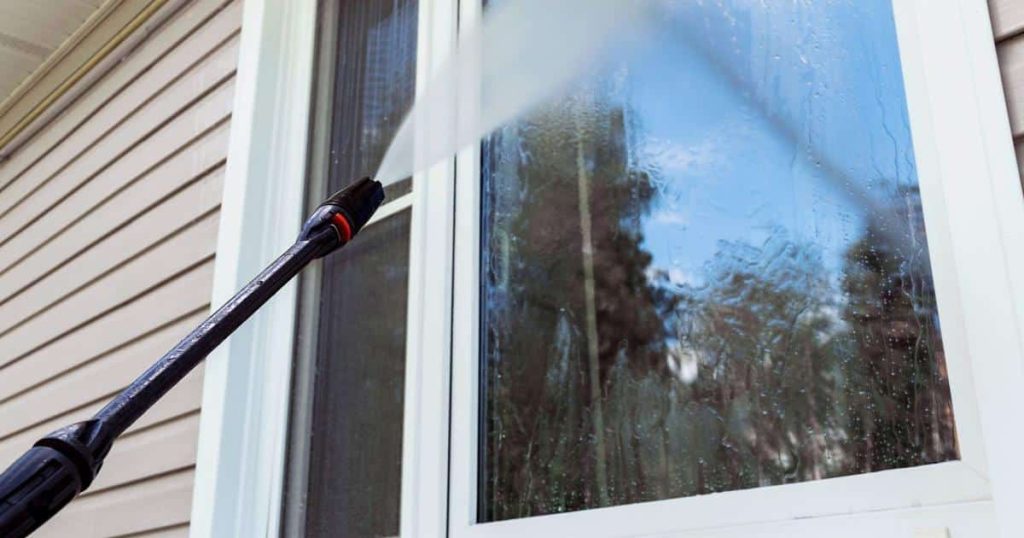
Pressure washers are powerful cleaning tools that can breathe new life into driveways, fences, siding, and more. But when it comes to glass surfaces, that same power can go from helpful to harmful in a matter of seconds. 😬
Many homeowners ask:
“Can pressure washing scratch or damage my windows if I’m not careful?”
The answer is yes — if you’re not using the right settings, technique, or equipment, glass can definitely be scratched, cracked, or even shattered. Let’s take a closer look at how to clean glass safely using a pressure washer. 💧🔍
🪟 Why Glass Is More Vulnerable Than You Think
Although glass seems solid and sturdy, it’s surprisingly delicate under pressure—especially modern residential window glass, which is often thinner than you’d expect. Even tempered glass, while stronger, isn’t immune to:
- Surface scratches
- Cracks from pressure overload
- Seal damage around the edges
- Sudden shattering if hit with high PSI at a sharp angle
Unlike concrete or vinyl siding, glass doesn’t flex—it breaks. 💥 That’s why care and caution are key when pressure washing near any windows or glass doors.
💥 What Causes Scratches or Damage?
Let’s break down some of the most common causes of glass damage during pressure washing:
1. Too Much PSI
Using more than 1,500 PSI directly on glass can lead to scratches or cracks. Gas-powered pressure washers can exceed 3,000 PSI—that’s more than enough to damage windows.
2. Wrong Nozzle Tip
Using a narrow tip like 0° or 15° concentrates the water stream into a pinpoint force that can etch or scratch the glass surface. 🚫
3. Too Close to the Surface
Holding the spray wand too close increases impact force. Even with a wider tip, being just 2–4 inches away can harm glass.
4. Spraying at Harsh Angles
A direct spray at a 90° angle to glass is much riskier than a gentle 45° angle. Think about skipping a rock across a pond—that same logic helps when spraying windows. 🪨💦
5. Abrasive Dirt or Debris
If the glass is dirty and you blast it before rinsing, sharp debris (like sand or grit) can get pushed across the surface—scratching it like sandpaper under high pressure.
✅ How to Pressure Wash Glass Safely
You don’t need to avoid glass entirely when pressure washing—but you do need to take some precautions. Here’s your step-by-step guide:
1. Start with a Rinse
Before applying any pressure, rinse the glass with a hose or low-pressure setting to remove loose dirt and grit. 💦
2. Use the Right Nozzle
Stick with a 40° white nozzle tip for the widest, gentlest spray. This reduces pressure at the surface.
3. Maintain a Safe Distance
Keep the wand at least 3–4 feet away from the window and adjust distance based on how strong your washer is.
4. Use Low PSI
If you can adjust PSI on your pressure washer, aim for under 1,200 PSI when near glass. Some electric models operate naturally at this level, making them safer than gas-powered ones.
5. Spray at an Angle
Never spray head-on. Use a 45° angle and sweep across the surface gently to reduce impact and help water run off easily.
6. Use a Gentle Detergent
If you need to clean mold, algae, or greasy buildup, choose a window-safe or glass cleaner that’s pressure-washer compatible. Avoid bleach or ammonia mixes. 🧴🧼
7. Dry or Rinse With Care
After washing, don’t let soap dry on the glass. Rinse thoroughly and, if needed, use a microfiber cloth or squeegee to prevent water spots or streaking.
⚠️ Signs You May Have Damaged Glass
If you’ve already pressure washed your windows and want to check for damage, look for:
- Hairline cracks at corners or edges
- Fine scratches visible under direct light
- Cloudy or foggy appearance (may indicate broken seals)
- Whistling sounds or air drafts inside (seal failure)
If you notice any of these, it might be time to call a window pro for an inspection.
🧽 Alternatives to Pressure Washing Glass
If you’re nervous about using a pressure washer near your windows, here are safer options:
- Extendable squeegees with microfiber pads
- Low-pressure hose with a jet nozzle
- Dedicated window cleaning tools like Windex Outdoor sprayers
- Soft wash system with low PSI and proper detergent mix
These methods are less risky and still leave your glass sparkling. ✨🪟
🌟 Final Thoughts
Yes, pressure washing can scratch or damage glass—but with the right setup and a little caution, it can also be a useful tool for cleaning windows efficiently.
Tips to remember:
✅ Stick to low pressure (under 1,200 PSI)
✅ Use a wide-angle spray tip (40°)
✅ Maintain a safe distance
✅ Rinse before and after
✅ Never blast directly at close range
Pressure washers are like power tools—they’re amazing in the right hands, but unforgiving if mishandled. With care, your windows can be streak-free and damage-free. 🧼🌤️🪟
